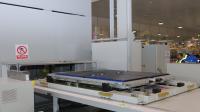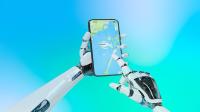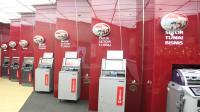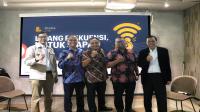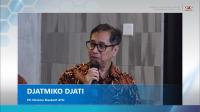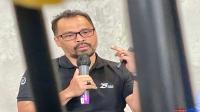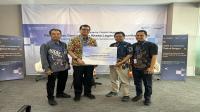Intel Technology Behind Paddington`s Big Screen Transformation
15:45:58 | 02 Feb 2015
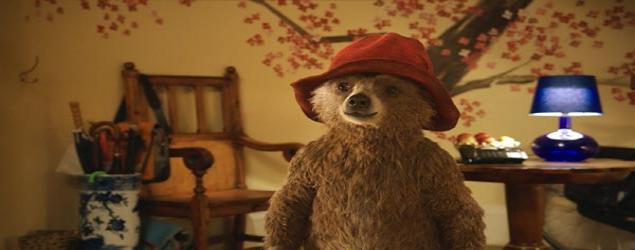
Ilustrasi (dok)
JAKARTA (IndoTelko) – Whatever age you are, there's something undeniably lovable about Paddington Bear. First brought to life in the 1958 book, he's since appeared on screen in almost every decade since the 1970s, from stop-motion animation to the hand-drawn Hanna-Barbera cartoons and beyond.
Now he's back. In 2015, Paddington is hot property once again, appearing in computer-animated form for the first time. Through this technological change Paddington has lost none of his charm and quintessential Britishness; his trademark blue duffle coat and Wellington boots remain very much in tact.
The box office hit, Paddington, directed by Paul King, is set to be the film for all the family. But what challenges did the team at Framestore - the visual effects and post-production house, well known for work in Harry Potter, Narnia, Guardians of the Galaxy, Gravity and many more - face in the journey of bringing the much-loved bear to life in digital form?
“As everybody knows, Paddington is a hairy creature and, as the central character of the film, he has a lot of screen time which means there are a number of different environments to create. Paddington is seen eating cake; skateboarding; throwing snowballs and even flying down the staircase so he has to be believable. Factors like the way his hair reacts to objects and water have to be authentic and realistic,” said MacPherson.
Steve MacPherson is the chief technology officer of Framestore, the Oscar and BAFTA-winning team that has used Intel technology to bring Paddington Bear to life in the new movie starring Hugh Bonneville, Sally Hawkins, Nicole Kidman, Peter Capaldi and Julie Walters.
“We work with directors and producers across the complete filmmaking process to help design, plan and create visual effects to support their storytelling. We’re lucky to have all this incredible technology but ultimately there is only one objective, to make Paddington a believable and lovable animated character that people can connect with,” explained MacPherson.
MacPherson said Framestore’s whole infrastructure is powered by Intel technology, from their Core i7-based workstations to powerful HPC (high performance computing) servers, in order to design and render low-resolution visualizations of the character. Intel and Framestore, tech partners for five years, both understand that the main role for technology is to not make the audience gasp, but to make them believe.
“A few years ago we transferred over to the Intel compiler and that has really helped us in terms of our optimizations and the physics of what we’re doing with hair, water and other materials,” he said.
Though Framestore’s known for creativity, MacPherson says their bedrock is technology. Besides the compositing team who uses technology, there’s also the visual effects pipeline team who plan the phasing of the film’s production; the R&D team who produce new software tools to bring the vision to life and also our systems experts. All these functions are hugely interdependent and hugely reliant on technology.
“The relentless march of technology has completely changed the film industry and it’s the power of technology that allows our creative teams to turn their visions into reality. It’s part of the DNA of what we do, simple as that. We recently made a switch in our rendering hardware which has opened up a whole world of new possibilities for us,” he said.
"There are a couple of different approaches that we've used over time. At one point what we did is pump everything into cores. We had a lot of 12-core machines - this is going back about 2-3 years - and were just moving into 16-core machines on the desktop workstations. On the back-end, for the render farm, it's the same thing but with faster clock speeds - the latest generation 3.6Ghz,” said MacPherson.
"It was the Intel chips that drove a lot of the scale. It wasn't even just about out-performing the MIPS chips at the time, it was that you could pack two dozen Intel machines where you'd had one large machine before. And the economics were a huge factor too," said MacPherson. (es)
Baca juga :
•
•
•
Artikel Terkait
-
 English Ver. - 04:06:00 | 25 Aug 2025The collaboration is designed to simplify complex payment processes for global travel businesses
English Ver. - 04:06:00 | 25 Aug 2025The collaboration is designed to simplify complex payment processes for global travel businesses -
 English Ver. - 04:07:00 | 11 Aug 2025Wireless Logic has completed the acquisition of Zipit Wireless
English Ver. - 04:07:00 | 11 Aug 2025Wireless Logic has completed the acquisition of Zipit Wireless -
 English Ver. - 05:00:00 | 27 Jul 2025JLL’s involvement included identifying and securing a site that met DAMAC’s technical and strategic requirements
English Ver. - 05:00:00 | 27 Jul 2025JLL’s involvement included identifying and securing a site that met DAMAC’s technical and strategic requirements
Rekomendasi
Berita Pilihan
More Stories
PR Newswire








.jpeg)
